persian cat facts
1. THEY WERE A TRAVELER'S memento.
Like several breeds, the Persian cat’s origins are a mystery. in step with some sources, longhaired cats have existed within the geographic area for thousands of years—although analysis indicates that the kitties have biological science in common with cats from Western Europe.
Although no one quite is aware of when—or how—the remainder of the planet discovered Persian cats, one fashionable version is that the luxuriously-furred feline was introduced to Western Europe by Associate in Nursing Italian named Pietro Della Valle.
Della Valle was a far-famed male aristocrat who journeyed extensively throughout the Holy Land, the center East, Northern continent, and India. In 1620, Della Valle gone through Persia—now called Iran—and took a feeling to the exotic, longhaired grey cats he noticed at a bazaar.
He purchased four pairs of them and brought them home with him to Europe. Of course, sailors, travelers, or merchants may need conjointly carried Persians with them from the center East to the Continent.
Della Valle was a far-famed male aristocrat who journeyed extensively throughout the Holy Land, the center East, Northern continent, and India. In 1620, Della Valle gone through Persia—now called Iran—and took a feeling to the exotic, longhaired grey cats he noticed at a bazaar.
He purchased four pairs of them and brought them home with him to Europe. Of course, sailors, travelers, or merchants may need conjointly carried Persians with them from the center East to the Continent.
2. THEY WERE within the WORLD'S initial CAT SHOW.
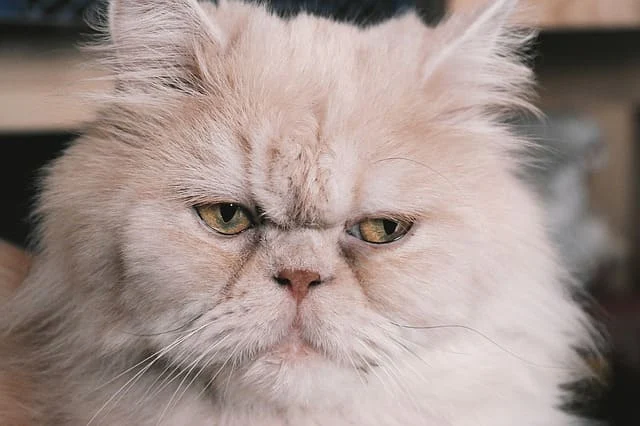 |
| persian cat facts |
More than 250 years later, Persians took London by storm once the breed was showcased within the world's initial organized cat show in 1871 at the Crystal Palace. The day-long exhibition conjointly featured Siamese cats, a Scottish Wild Cat, and Manxes, among alternative exotic felines. Proving that cats were fashionable long before the net, the event thespianovertwenty,000 guests. It conjointly should not surprise anyone that a Persian kitten won "Best in Show."
3. they are BELOVED IN AMERICA ...
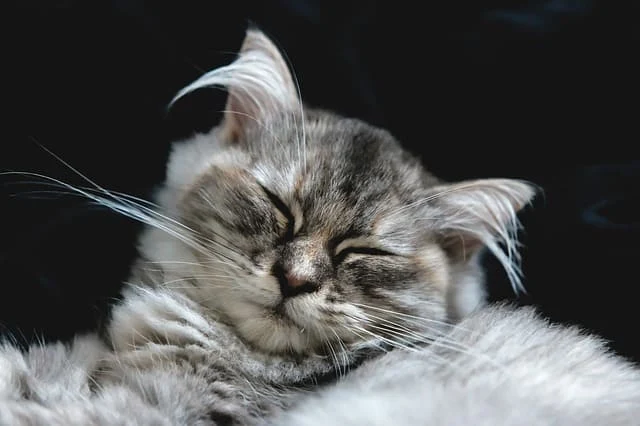 |
| persian cat facts |
Sometime when 1895, Persians were dropped at u. s. In 1906, the Cat Fanciers' Association was fashioned in America, and a Persian was one in all the primary cats registered. Today, the Persian is one in all the foremost fashionable cats within the. s.
4. ... AND BY far-famed HISTORICAL FIGURES.
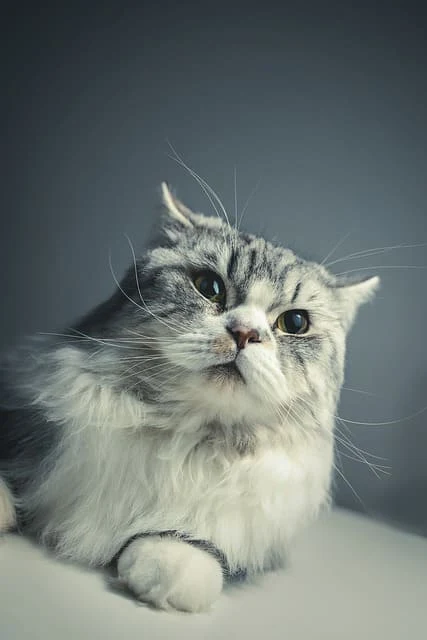 |
| persian cat facts |
Throughout history, several far-famed people have closely-held Persian cats. a nurse had sixty cats in her period, and doted on an outsized Persian named mister. Bismarck. Marilyn Monroeclosely-held a white house cat named Mitsou. And Raymond Chandler reportedly scans the primary drafts of his novels to his most discerning critic, a black Persian named Taki.
5. they are LOW MAINTENANCE.
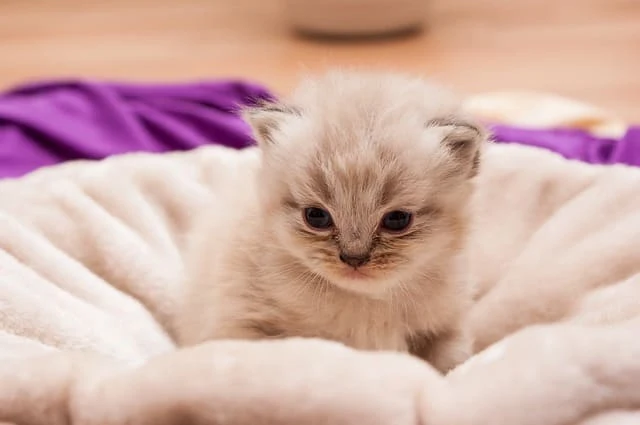 |
| persian cat facts |
Persians may look prissy and upstage, however, they’re thought-about to be one in all the foremost low-maintenance—and friendliest—cat breeds.
6. THEY COME IN MANY SIZES, COLORS, AND VARIETIES.
While picture popular culture Persians sometimes white or silver (think the flamboyant Feast Cat), the breed comes in an exceedingly vary of colors and shades. From tortoiseshell and calico to orange, grey, and black-and-white, the varieties are plentiful. alternative sub-variants of the Persian embrace toy and teacup sizes, Himalayans—which are a cross between a Persian and a Siamese—and Chinchilla Longhairs, that have pointy noses and black-tipped fur.
7. THEY’RE popular culture ICONS.
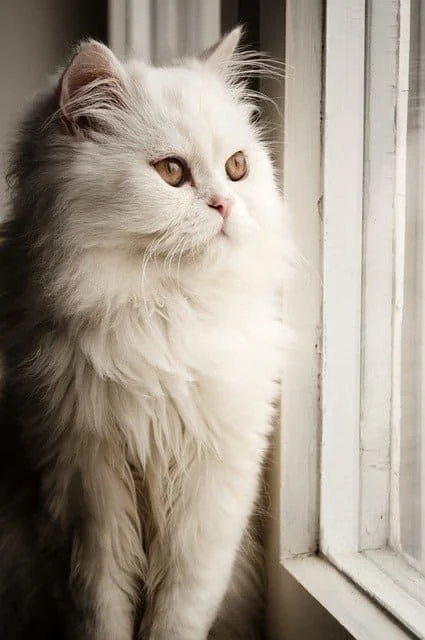 |
| persian cat facts |
Speaking of mister. Bigglesworth and also the Fancy Feast cat, the Persian is probably one in all the foremost well-represented breeds in fashionable culture. fictional character supervillain Max Ernst Stavro Blofield and his parody alter-ego, Dr. Evil, each loving stroke their white, blue-eyed Persians. (Spoiler alert: mister. Bigglesworth’s lush fur freezes off in an exceedingly sad—yet hilarious—plot twist.) The 2001 film Cats & Dogs options a diabolical Persian named Kitty Galore. Also, a species of Pokémon is called when the Persian.
8. THEIR FACES HAVEN’T forever BEEN—AND AREN’T ALWAYS—FLAT.
After its coat, the Persian’s most distinctive characteristic is its flat face. However, the breed hasn’t forever had a squished visage. Persians once had an additional pronounced muzzle, however, within the nineteen Fifties a chromosomal mutation caused a batch of kittens to change state with scrunched options. Breeders likable the aesthetic, and over the years they used selective breeding to taper down the cat’s silhouette.
Some kitties, known as “traditional” or “doll-face” Persians, still appear as if their pointy-featured ancestors. Others have a “peke-face,” or Associate in Nursing “ultra face,” that describes the sort of smushed-in mug the Persian is thought for these days. The Cat Fanciers' Association views the Pekinese or ultra-faced Persian because of the breed’s fashionable customary [PDF]. However, it comes with a price: Persians with this feature have fluid eyes, labored respiratory, and sometimes struggle to eat their food.
9. they are kind of like TURKISH ANGORAS.
Persians look plenty like Turkish Angoras, that another breed of flossy feline that arrived in Europe from the Mediterranean within the 1500s. the 2 were cross-bred over the years to boost the Persian cat's coat—so abundant the breed nearly went extinct. Turkey found out breeding programs to assist save the Angora. Persians have a stockier build, a bigger head, rounder eyes, and a rather longer coat, whereas Turkish Angoras have svelte bodies, pointed ears, and a plume-like tail.
10. THEY’VE BEEN IMMORTALIZED IN ART.
Recently, a 6-by-8.5-foot design that’s speculated to be the “world’s largest cat painting” sold-out at auction for over $820,000. The late 19th-century oil portrait is termed My Wife's Lovers, Associate in Nursingd it once belonged to a loadedgiverWHO commissioned a creative person to color her Brobdingnagian assortment of Turkish Angoras and Persians. alternative fashionable Persian paintings embrace White house cat by far-famedpeoplecreative person Warren Kimble and 2 White Persian Cats trying into a cyprinid fish Bowl by late feline painter Arthur Heyer.

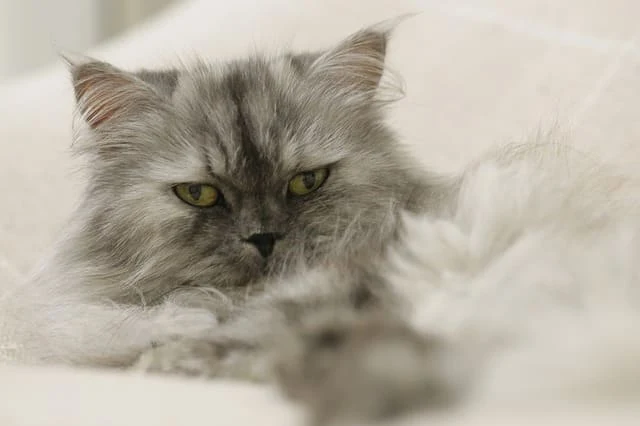
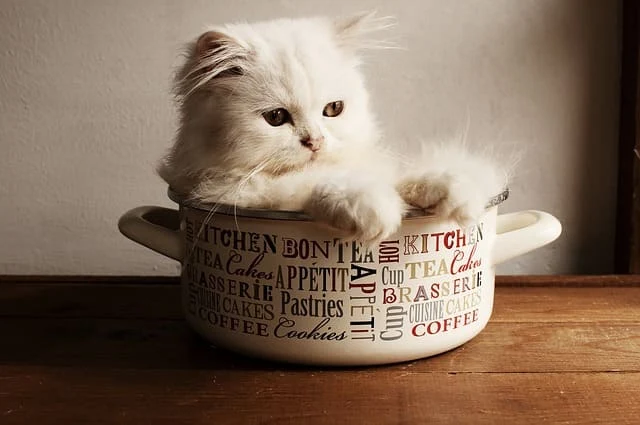
Tidak Ada Komentar